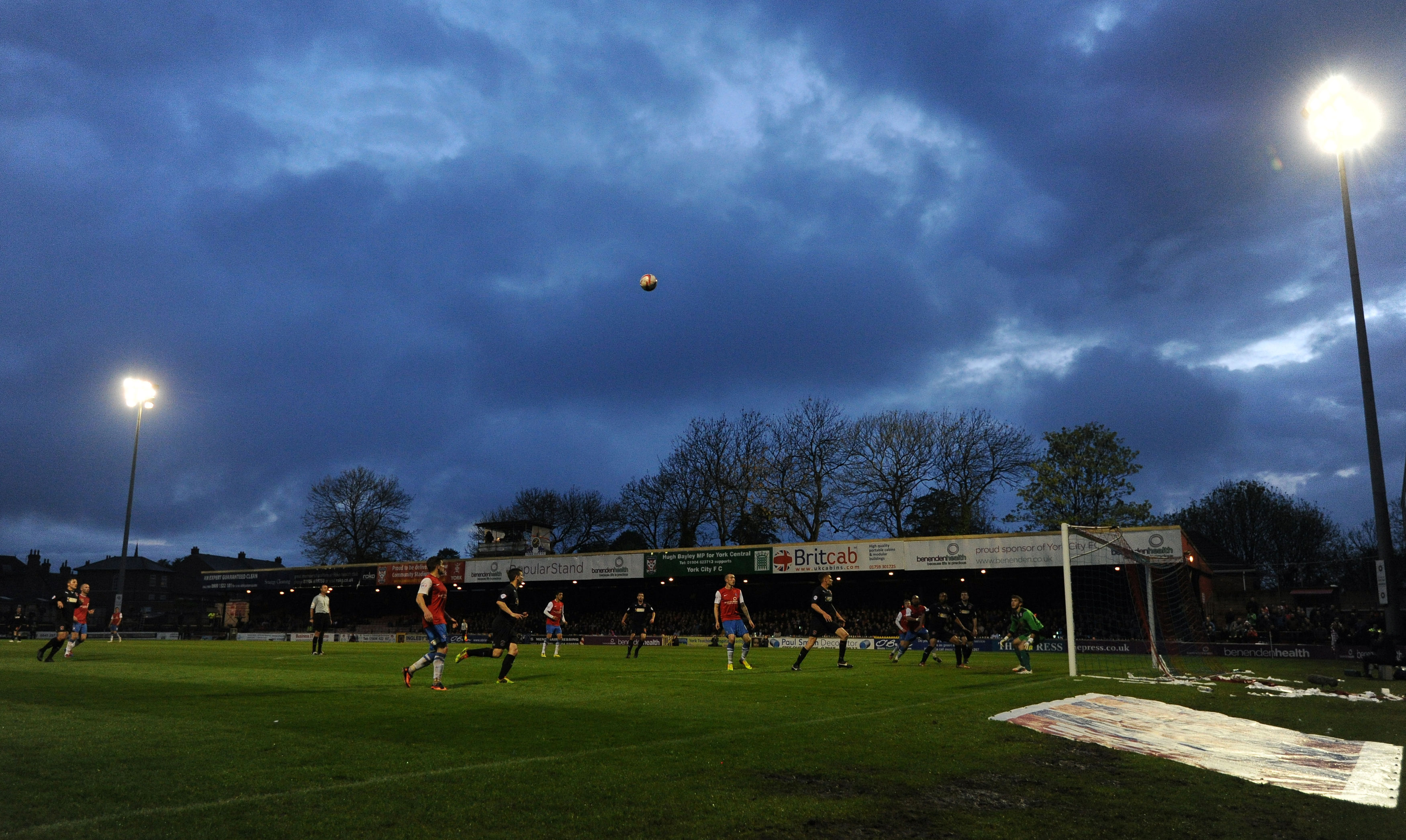York unveil plans to preserve Bootham Crescent memories ahead of ground move

York City have unveiled legacy plans for Bootham Crescent ahead of the move to their new stadium.
The Minstermen played the final game at their home of 88 years on December 28 and their next home game is due to be at the 8,000-seater LNER Community Stadium when they play Curzon Ashton in the National League North on January 30.
The club have partnered with Historic England and Persimmon Homes – the housing developer who are building on the Bootham Crescent site – to ensure their former home is remembered.
We've played our last game at Bootham Crescent 🏟️— York City FC (@YorkCityFC) January 16, 2021
Legacy plans include the retention of part of the Popular Stand terrace, including the tunnel, a memorial garden and marking of the centre circle.
Chairman Jason McGill said: “There is a legacy, we have all worked together hard to leave a lasting tribute for supporters.
“It is vitally important to reflect on our past and have somewhere we can remember the past. The supporters will be able to go to the new development and reflect on the memories they had.
“We are trying to do something a little bit different and it is in a more meaningful way. There are things that supporters can go and visit.”
Get FourFourTwo Newsletter
The best features, fun and footballing quizzes, straight to your inbox every week.

The project is a first for Historic England and comes after seeing a number of old football stadiums lost to a new development without proper recognition for their past.
“This project is all about people’s memories and hopefully creating a new and distinctive place,” said Jason Wood from Historic England.
“A football ground hasn’t attracted the interest of the heritage community as much as it nought to and we have lost over the years too many historic football grounds to redevelopments who have been wholly unsympathetic.
“Too many football grounds gave been lost to redevelopments without a nod to its former purpose.”
